Research
Did you know that animation is proven to strengthen learning?
Don’t take our word for it! Below is peer-reviewed research linking animation to powerful social-emotional learning.
You can purchase the Habits of Mind animations, based on this research, here.
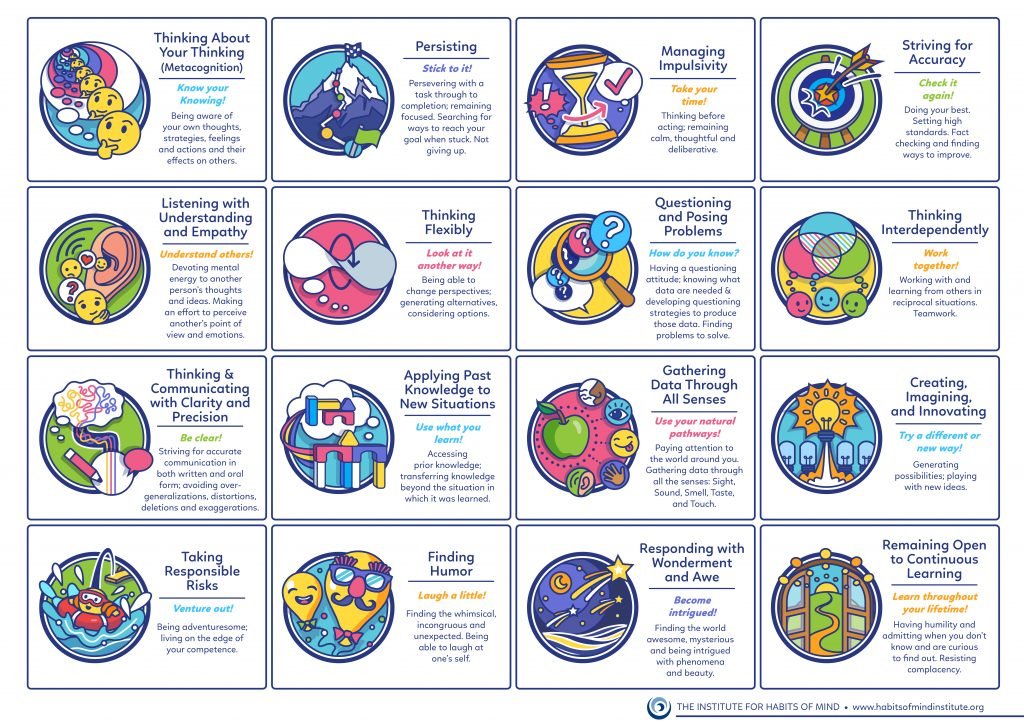
Using Habits of Mind to Improve Student’s Thinking in Class
“This research explored the formation of habits of mind to improve student‟s thinking in class. Through a systematic review with meta-analysis, it was confirmed that habits of mind are related to the development of critical thinking skills, while its effect is varying from one habit to another and requires in-depth investigation for multiple disciplines” Alhamlan, Suad, et al.

Using Habits of Mind, Intelligent Behaviors, and Educational Theories to Create a Conceptual Framework for Developing Effective Teaching Dispositions
Through a deductive approach, dispositions as Habits of Mind were related to educational theories using intelligent behaviors as the common denominator. The conclusion is that dispositions can be clustered around Habits of Mind that are related directly to educational learning theories vis-à-vis thoughtfulness, and to learning theories that support learning or mindfulness. Grounding dispositions as habits of mind in selected educational theories may guide and support the professional development of teaching dispositions.
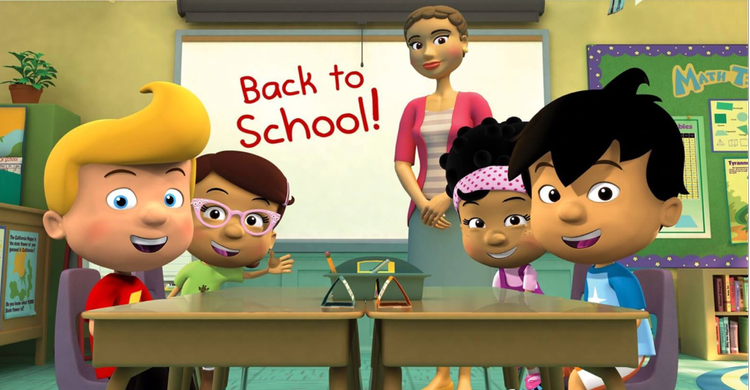

Social Skills are Critical for Those with Disabilities
“Youngsters and teenagers without disabilities learn these skills through peer interaction and social opportunities. Skills such as making and keeping friends, being a good listener, being a team player, and being assertive rather than aggressive are what contribute to future success as an adult. But for people with disabilities, most school environments provide little to no opportunity to develop these skills.”
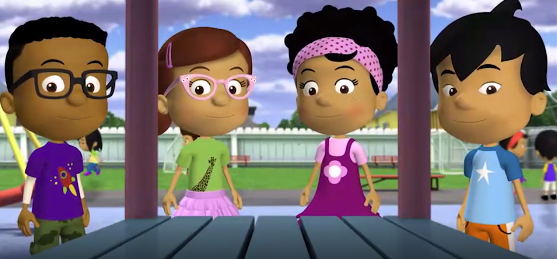
Cartoons Shed Light on Autism
“Their results indicated that while autistic children cannot recognize faces as typically developing people can, they have normally functioning brain tissue in the fusiform gyrus — the area of the brain specialized for facial recognition.”
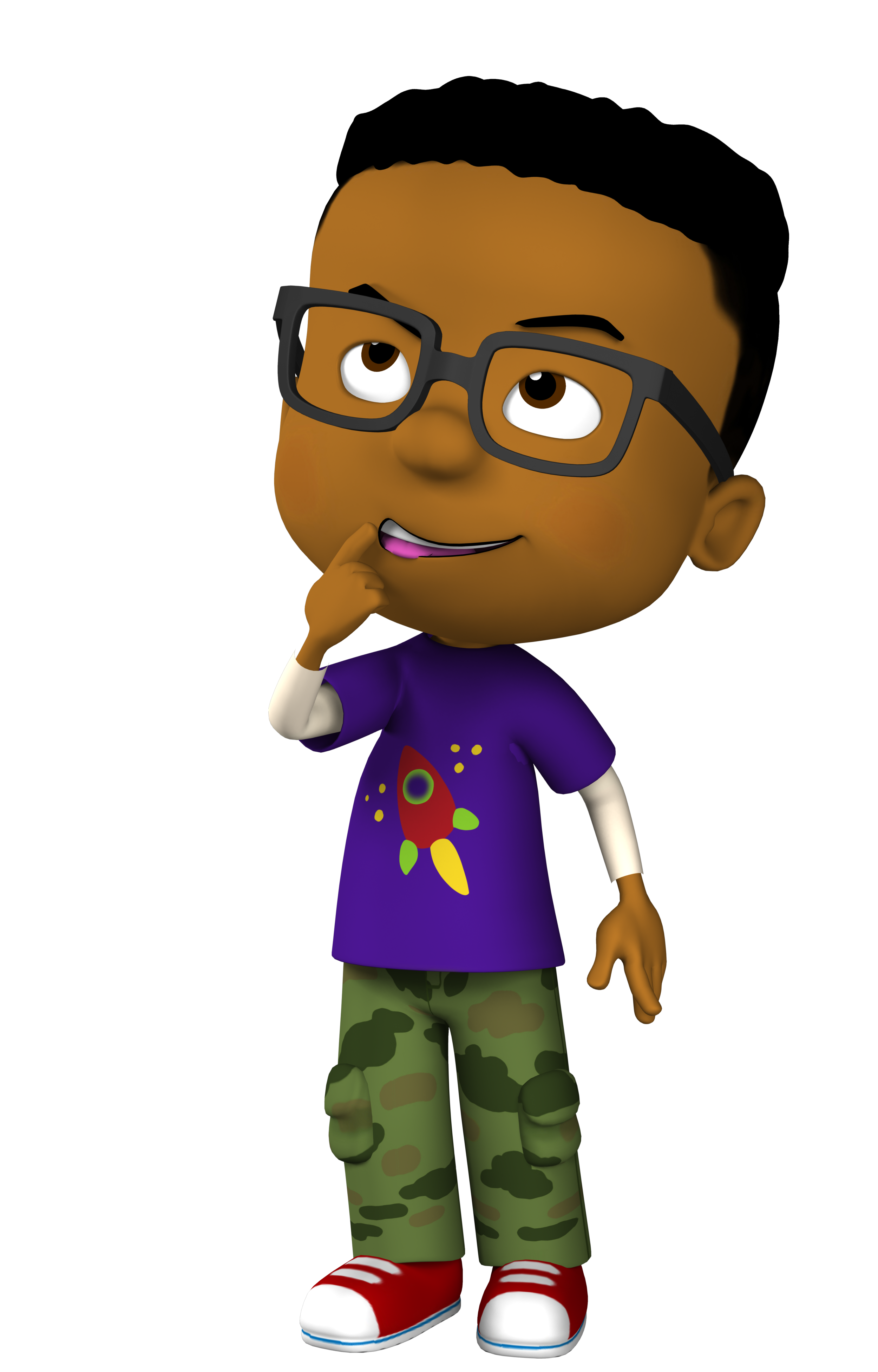
Characters and Motivation
Video modeling has been one of the most popular and effective approaches for teaching social skills to children with special needs. The combination of animation with video modeling is an innovative and compelling approach for teaching social skills. One of the benefits of a motivating program such as this is that enhanced student motivation is likely to result in improved skill acquisition and reduced behavior problems.

Young Children Show Improved Verbal IQ after 20 Days of Exposure to Music-Based, Cognitive Training 'Cartoons'
“The cognitive benefit was striking and consistent in 90% of the children who took the four-week learning program and was additionally confirmed by brain imaging data that indicated brain changes had taken place related to the training.”
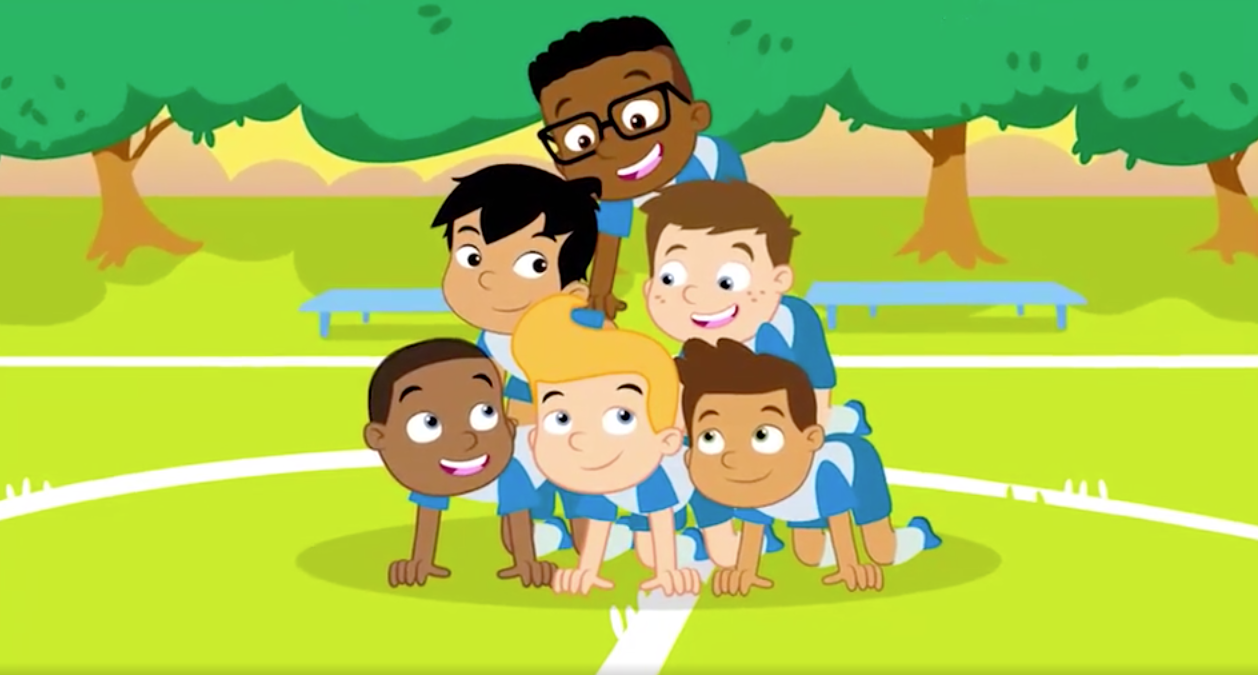
Research on Animated Characters and Motivation
“Research conducted by Ricci et al. proposed that instruction that included game-like features enhanced student motivation, which led to greater attention to training content and greater retention. Furthermore, Druckman added that games seem to be effective in enhancing motivation and increasing student interest in subject matter.”
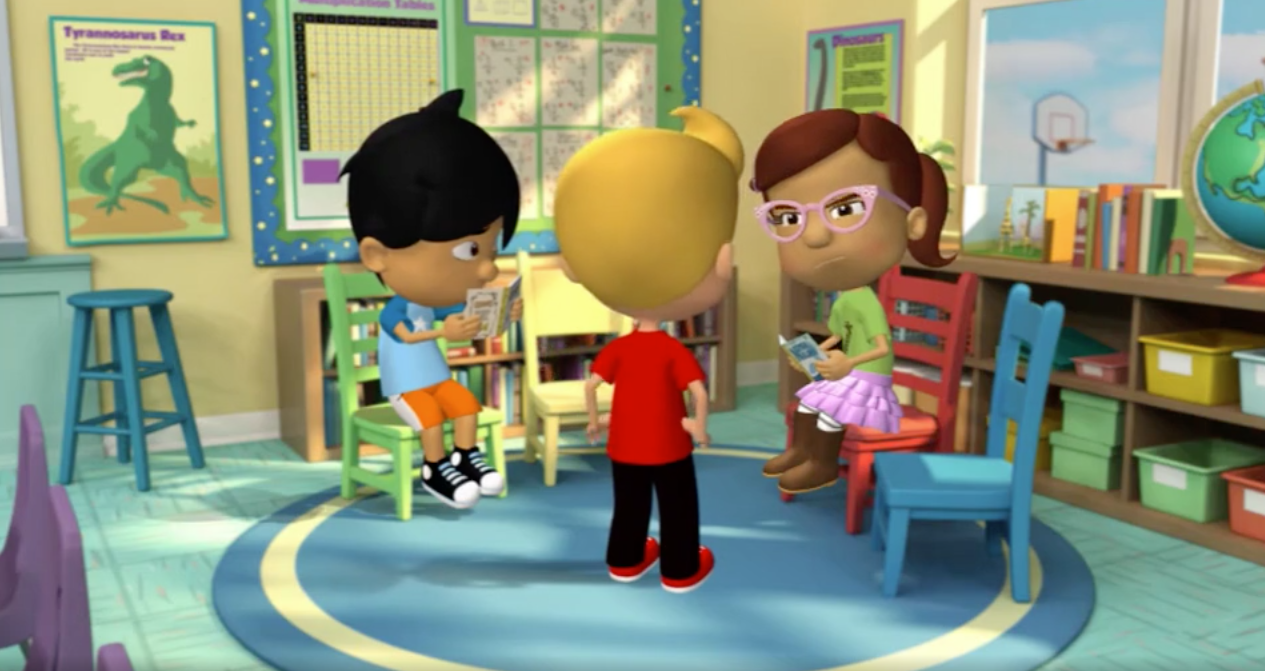
Social Skills Interventions for the Autism Spectrum: Essential Ingredients and a Model Curriculum
“On a structured measure of social behavior, statistically significant change from pre- to post-testing was demonstrated on several scales, including talking with peers, initiating conversations with staff, appropriate facial expressions, and fluency of speech, despite the small sample size.”

Teachers’ Narratives: A source for exploring the influences of teachers’ significant life experiences on their dispositions and teaching practices
“Students need teachers who can prepare them for living in the modern world. More than knowledge and skills, teachers need constructive dispositions to support student learning and classroom management.”

A Study of the Relationship between Habits of Mind and Performance Task Achievement in an International School in Southeast Asia
“The study found a high level of correlation between the HoMs and PA achievement, although more so in middle school social studies than in high school ELA. The reasons behind the findings are discussed, and recommendations are made for implementation, and for further research.”
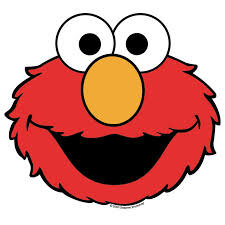
Toddlers’ Learning From Socially Meaningful Video Characters
“Indeed, toddlers learned imitation tasks better when the onscreen character was socially meaningful (their mother) rather than a stranger, suggesting that social meaningfulness is important for early learning. Such an idea is consistent with the concept of parasocial relationships, an emotional one-way attachment that develops between an audience member and a media character. Children form emotional relationships with television characters, reporting that they ‘‘really like’’ certain popular television characters such as Dora from Dora the Explorer. Additionally, using pictures of popular familiar characters, such as Elmo from Sesame Street, increased preschool-aged children’s preference for foods that were being marketed. As onscreen characters become socially meaningful to young children, they may become more likely to trust the characters, and therefore, learn the information that is being presented onscreen.”
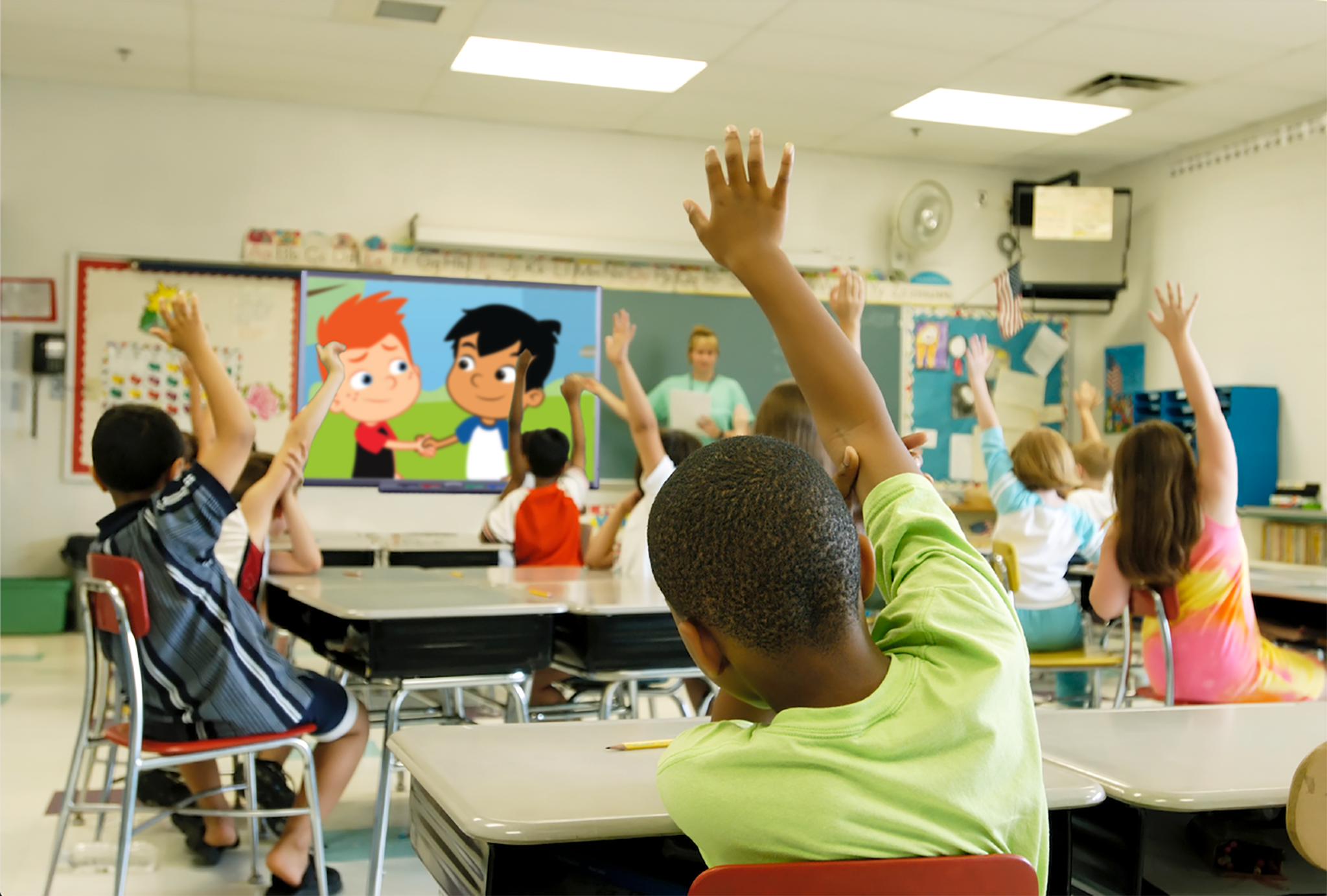
Effects of Video Modeling on Social Initiations by Children with Autism
“Children with autism make or accept fewer social initiations and spend more time playing alone compared to their peers. Video modeling is a promising method for promoting social skills in these children.“
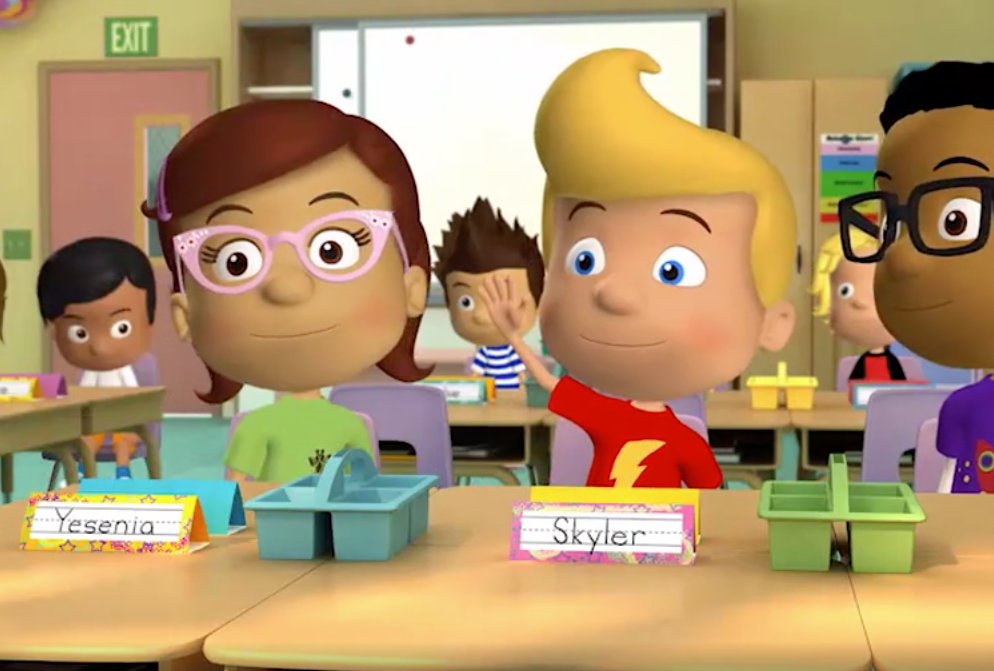
Teaching Social Skills Using Video Modeling Interventions
“Television also has the potential to teach pro-social behaviors to children. Recent research showed the striking result that television is no more prone to fostering violence than it is to fostering pro-social behavior. Forge & Phemister (1987) further suggested that watching cartoons can have the same positive effects as watching live-model pro-social programs. Among the benefits of pro-social cartoons and programs are elicitation of pro- social behaviors, altruism, nonverbal helping behaviors, and academic skills.”
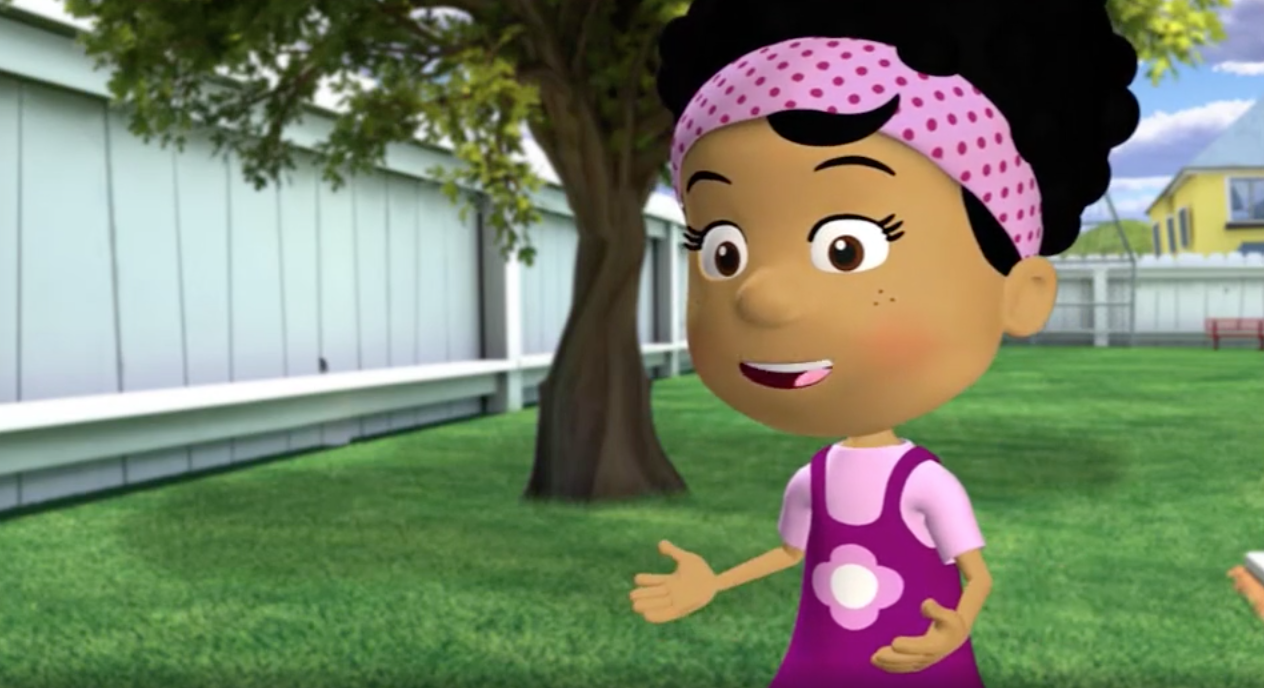
A Review of Interventions to Reduce Challenging Behavior in School Settings for Students with Autism Spectrum Disorders
“On a structured measure of social behavior, statistically significant change from pre- to post-testing was demonstrated on several scales, including talking with peers, initiating conversations with staff, appropriate facial expressions, and fluency of speech, despite the small sample size.”

